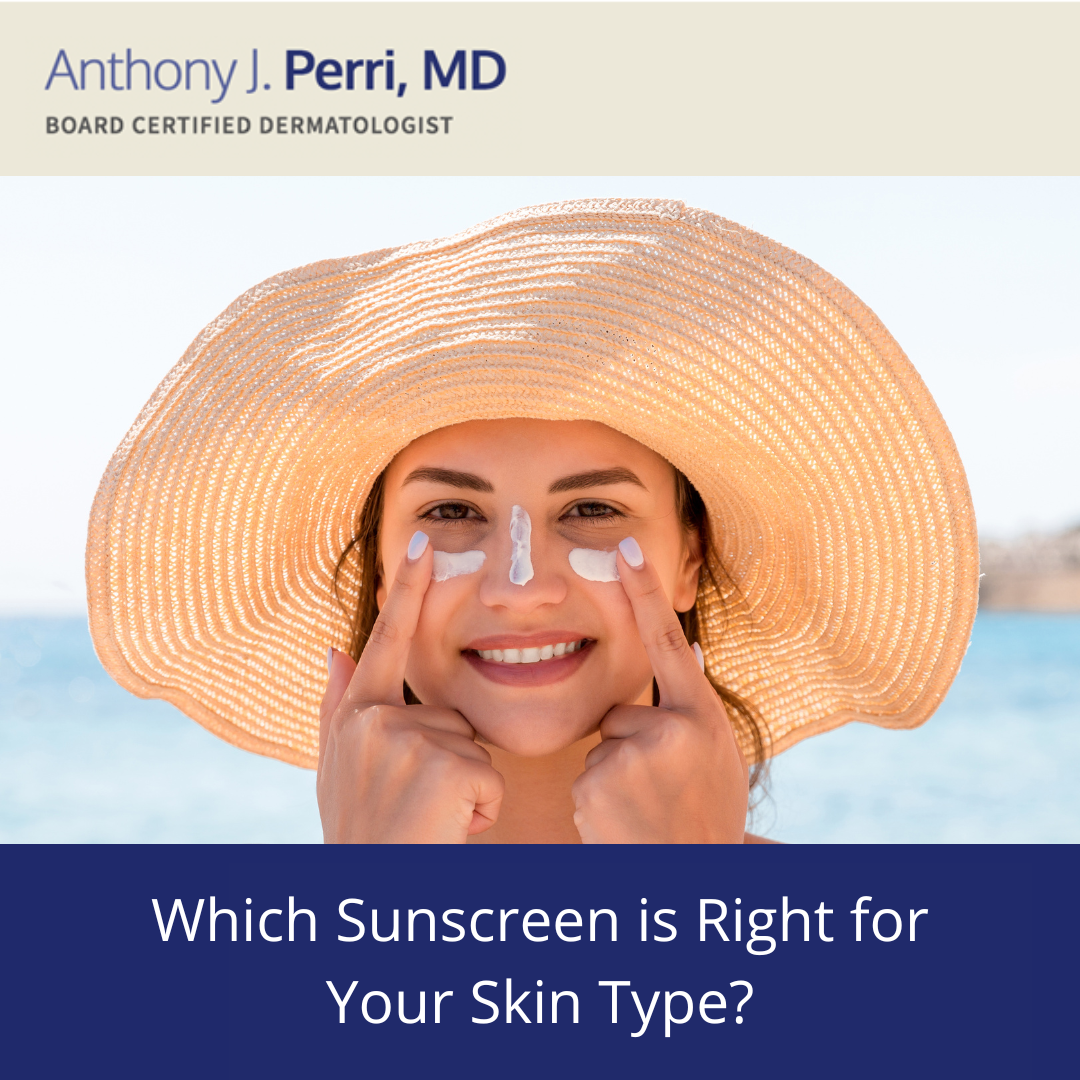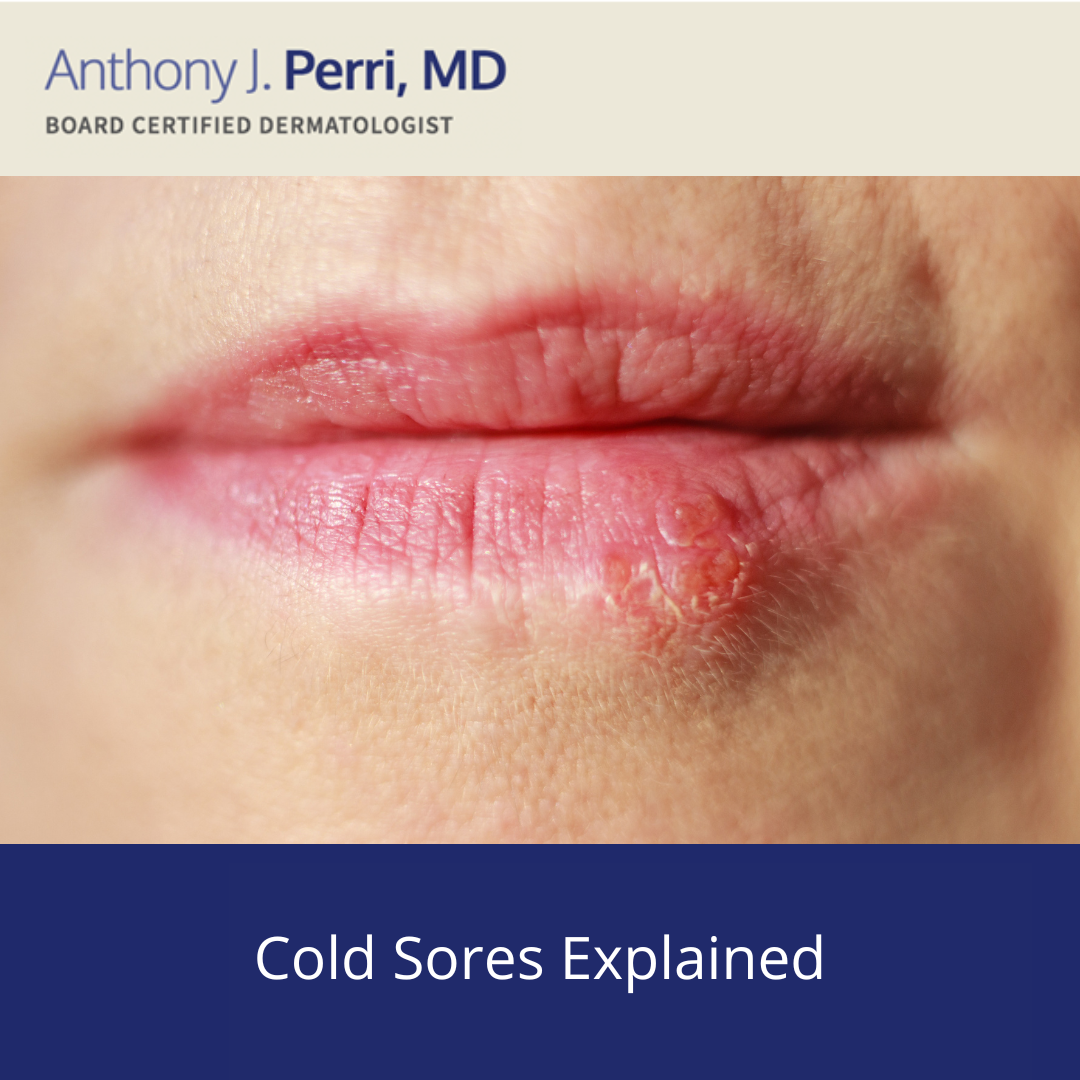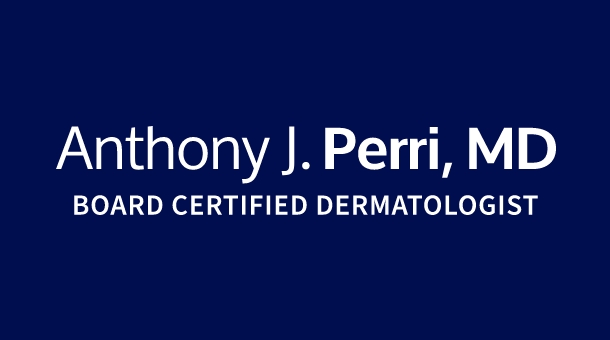In the treatment of patients with seborrheic dermatitis in both my Woodlands dermatology and Conroe dermatology offices, I always stress that we are managing the disease and unfortunately cannot cure it. Once a patient manifests seborrhea, they will always have the potential for flare ups even when the disease is in remission. Topical steroids are the foundation of seborrhea treatment as they reduce the inflammation. Topical steroids come in varying strengths, Class 1 steroids are the strongest and Class 7 are the weakest. Hydrocortisone 1% (Cortisone 10) is a Class 7 steroid that is over the counter and can be very effective for areas such as the face. I typically prescribe desonide cream, a Class 6 steroid, twice a day to the affected areas on the face. It is important to use a steroid vary sparingly around the eyelids as long term use of even hydrocortisone 1% on the eyelids can lead to glaucoma and cataracts. On the scalp, I use a stronger steroid in a gel formulation called Lidex gel, a class 2 steroid. The scalp skin is thicker than the face so a stronger steroid is needed. The gel is applied to affected areas on a dry scalp by parting the hair and directly applying it to the seborrheic plaques. It dries very quickly and doesn’t need to be washed out. This regimen is used twice a day until the seborrhea has resolved. Once resolved, the topical steroids are used as needed. Some patients require the topical steroids to be used once a week and some need it more often to keep the seborrhea in remission. It is important to never use topical steroids on normal skin with no rash since over time the skin can become atrophic and thin out from topical steroid use. Seborrheic plaques may be covered in thick white scaly plaques, which gives rise to dandruff as they flake off. This scaly layer can be a barrier to topical steroids penetrating into the seborrhea, so I prescribe a 6% salicylic cream or shampoo that can dissolve this scale. 6% salicylic acid comes in a shampoo that can be lathered up and left on for ten minutes each night to assist in dissolving the white scale. After it is applied, patients can use their favorite shampoo. I occasionally use an anti-yeast cream/shampoo called Nizoral 2% which can be used to reduce the number of yeast on the skin/scalp that can be contributing to the inflammation. In the ears, a liquid solution of a steroid called Synalar, a class 4 steroid, can be very helpful. Topical steroids also come in shampoo formulations, which can be lathered up and left in the scalp for ten minutes each night. In summary, every patient is unique and needs a tailored seborrhea regimen.
September 11, 2010

Medically reviewed by Anthony J. Perri, M.D.
You May Also Like



Request a Consultation (Sidebar)
Recent Posts
Categories
- Uncategorized (568)
Tags
acne (5)
acne treatment (2)
acne vulgaris (2)
biopsy (2)
Coldsores (1)
cold urticaria (1)
common skin conditions (11)
dermatologist (12)
dermatology (3)
dr. perri (8)
eczema (2)
filiform (1)
flat (1)
health (1)
Herpes (1)
herpessimplex (1)
hives (2)
indentification (1)
keratosis pilaris (1)
moles (2)
periungual (1)
perri dermatology (10)
plane (1)
plantar (1)
prevention (2)
rashes (2)
rosacea (3)
rosacea therapy (2)
seborrheic keratoses (1)
skin cancer (3)
skin care (1)
skin checks (7)
skin condition (6)
skin conditions (8)
skin damage (2)
skin exam (6)
skin therapy (1)
summertime (3)
sunburn (3)
sunburns (2)
sunscreen (2)
virus (1)
warts (2)
why perri dermatology (3)
woodlands dermatologist (6)
